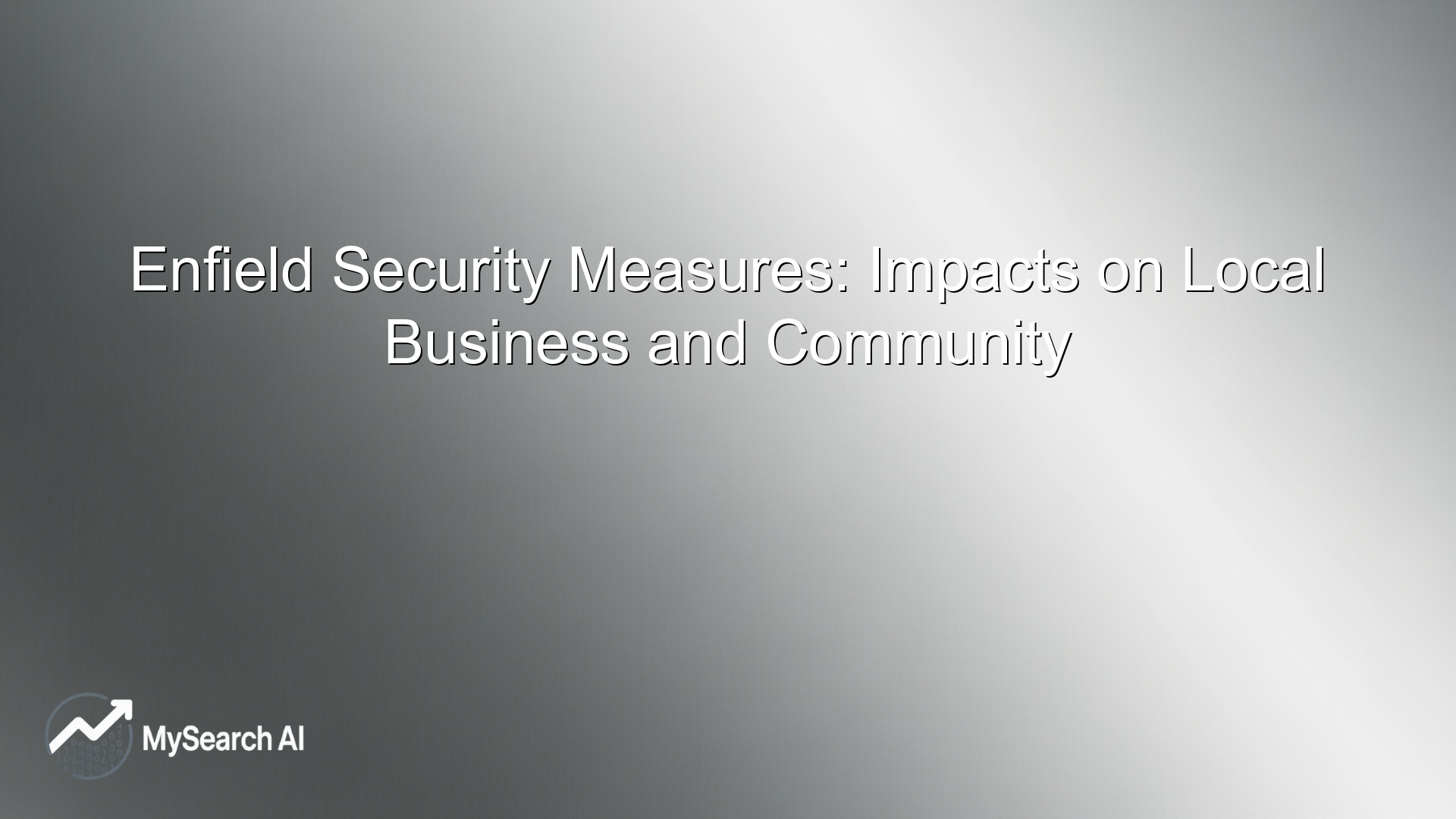Related Articles
Ask anything about stocks
Stock Market Rally Cools After PPI Inflation Data Surprises to Upside
Key Takeaways
- PPI Inflation Data surprised with a 0.9% spike in July, the largest in years
- Wholesale inflation surge softens expectations of a Fed rate cut
- Stock market rally cools, especially for small-cap and tech-sensitive stocks
- Tariff-related cost pressures and trade-services margins fuel inflation concerns
- Higher Treasury yields and a cautious Fed outlook weigh on investor sentiment
PPI Inflation Data Shocks Markets and Stalls Rally
On August 14, 2025, the U.S. Producer Price Index (PPI) rose 0.9% in July, far surpassing the predicted 0.2% increase, marking the sharpest PPI rise in three years. This upward surprise in producer-price inflation sent shockwaves through markets. Wholesale inflation jumped, driven by steep gains in food commodities and services margins.
Traders nearly completely discounted a September Fed rate cut, dropping rates cut odds from certainty to just around 90 percent. As a result, the stock market rally began to stall, particularly among small-cap and growth stocks.
Understanding the PPI Inflation Data and Its Market Impact
The Producer Price Index (PPI) inflation data measures the average change over time in the selling prices received by domestic producers for their output. This data often acts as a leading indicator for consumer inflation because changes in producer prices can trickle down to retail prices.
In the latest release, the PPI inflation rate came in higher than market expectations, signaling that underlying inflationary pressures may not be easing as quickly as hoped. This unexpected reading caused investor sentiment to shift, cooling the recent stock market rally. Traders closely watch this report because it can influence Federal Reserve interest rate policy and shape short-term market volatility.
Why Did Wholesale Inflation Spike?
Wholesale price pressures weren’t limited to goods. Core PPI, excluding volatile food and energy costs, also surged 0.9%, its fastest climb in three years. Broad-based inflation gains spanned equipment wholesaling, healthcare, hospitality, and trade margins.
Moreover, tariff-driven inflation started to show its effect, with businesses passing cost increases to consumers when they could no longer absorb them. For example, tariffs on machinery and food commodities appear to be influencing broader cost pressure.
Why the Stock Market Rally Cooled After the Surprise
After weeks of strong upward momentum, the stock market rally showed signs of slowing when the PPI inflation data came in hotter than expected. This surprise raised fears that the Federal Reserve might delay interest rate cuts or even consider additional hikes to combat inflation.
Major indices, including the S&P 500 and Nasdaq Composite, retreated slightly as investors reassessed risk. Growth stocks, which are more sensitive to interest rate changes, faced the sharpest pullbacks. Market analysts also noted that bond yields rose in response to the data, which further pressured equities.
The Link Between PPI and Federal Reserve Policy
The Federal Reserve relies heavily on inflation indicators like the Producer Price Index and the Consumer Price Index (CPI) to determine monetary policy. When PPI inflation data trends higher, it signals persistent cost pressures in the production pipeline, which could eventually push consumer prices up.
If the Fed sees inflation as staying above its 2% target, it may hold interest rates at higher levels for longer. This stance often cools market enthusiasm because higher rates can slow economic growth and reduce corporate earnings potential. In short, a surprising PPI reading can shift the entire macroeconomic outlook overnight.
Stock Market Reaction and Sector Impacts
The stock market rally cooled quickly. The S&P 500 eased after rising to record highs earlier, while the Dow and Nasdaq were modestly lower. Small-cap names underperformed, and even growth stocks felt pressure amid inflation fears.
In bonds, Treasury yields jumped, slashing appetite for riskier assets. This ignited concern that inflation surprises and rate cut delays could challenge the equity rally.
Could Markets Shrug Off Inflation? Why That May Happen
Despite the PPI shock, some remain optimistic. Thomas Salopek from J.P. Morgan believes markets can handle stagflation-like pressure as long as corporate earnings hold steady. In fact, 81% of S&P 500 companies beat earnings expectations, suggesting fundamentals remain resilient.
Investors may eventually shrug off the unexpected PPI spike, especially if CPI inflation stays mild and labor markets remain stable. Still, the immediate impact has been a cooling of price gains across markets.
What This Means for Fed Policy and Future Inflation
The hot wholesale inflation numbers complicate the Fed’s decision ahead of the September meeting. While some believed early that inflation was under control, the hotter-than-expected PPI suggests that stickiness remains.
Fed officials remain cautious. San Francisco Fed chief Mary Daly and Chicago Fed head Austan Goolsbee avoided endorsing aggressive cuts, noting inflation pressures and a robust labor market. This has softened expectations for a ripple of rate cuts in the coming months.
How Investors Can Strategically Respond to PPI Surprises
Investors often adjust their strategies following unexpected PPI inflation data results. For example, during periods of elevated inflation, defensive sectors such as utilities, healthcare, and consumer staples tend to perform better than growth sectors.
Additionally, some traders turn to inflation-protected securities like TIPS (Treasury Inflation-Protected Securities) or commodities such as gold, which historically act as hedges against inflationary pressures. Active investors also keep an eye on earnings forecasts, as higher production costs can eat into profit margins, particularly for manufacturing and industrial companies.
What Should Investors Watch Next?
Here are some key indicators to follow:
- CPI data: If consumer inflation remains tame, equity momentum could return.
- Fed comments: Any clarity on policy direction at Jackson Hole will be market-driving.
- Bond yields: Rising yields can further dampen enthusiasm for growth stocks and small-caps.
- Sector trends: Watch which areas, like tech or industrials, stabilize or continue to retreat.
Broader Economic Signals Beyond the PPI Report
While PPI data is a critical inflation measure, it’s only one piece of the puzzle. Investors also monitor the CPI inflation rate, wage growth data, job market reports, and retail sales to gain a complete picture of economic health.
The combination of strong job numbers and persistent inflation may keep the Fed cautious, even if consumer spending shows signs of slowing. For long-term investors, understanding how these indicators interact can help anticipate shifts in the market cycle and avoid overreacting to a single data release.
Conclusion
The PPI Inflation Data surprise, an unexpected 0.9% spike, served as a stark reminder that inflation risk remains real. It cooled the recent stock market rally, pushed yields higher, and scaled back expectations of a Fed interest rate cut.
While markets may recover if earnings stay strong and CPI remains subdued, the path ahead is now more uncertain. Investors should proceed with caution, watching for inflation trends, Fed signals, and sector resilience.
FAQs
What is PPI in inflation?
PPI, or Producer Price Index, measures the average change over time in selling prices received by domestic producers for their goods and services. It’s often used to gauge inflation trends before they reach consumers.
What is the PPI report?
The PPI report is a monthly release that shows how wholesale prices have changed. It helps economists and investors understand inflation pressure in the supply chain.
What is PPI?
PPI stands for Producer Price Index, a key U.S. economic indicator that tracks changes in producer-level prices before goods reach the retail market.
Why is July PPI up?
PPI can rise due to higher costs for raw materials, labor, or energy, signaling that producers are paying more to create goods and services.
Is PPI a good indicator of inflation?
Yes, PPI is considered a strong early signal of inflation because rising producer prices often lead to higher consumer prices later.
Is higher PPI good or bad for the economy?
A higher PPI usually suggests inflationary pressure, which can be bad for the economy if it leads to reduced consumer spending and tighter Federal Reserve policies.
How does PPI affect the stock market?
Higher PPI often worries investors because it may push the Federal Reserve to raise interest rates, which can slow economic growth and hurt stock prices.
What is PPI vs CPI?
PPI measures price changes from the perspective of producers, while CPI (Consumer Price Index) measures changes from the consumer’s point of view.
Who releases PPI data?
In the U.S., the Bureau of Labor Statistics (BLS) releases the PPI data each month.
How does unexpected PPI inflation data impact Federal Reserve interest rate decisions?
A sudden rise in PPI can make the Federal Reserve more cautious and increase the likelihood of interest rate hikes to control inflation.
Why did PPI inflation data cause a stock market rally to stall this week?
The recent PPI surprise raised concerns about persistent inflation, leading traders to pull back from risk assets and pause the market rally.
What sectors are most sensitive to changes in PPI inflation trends?
Industries like manufacturing, energy, and materials are often most impacted because producer cost changes directly affect their pricing and profit margins.
Disclaimer:
This content is for informational purposes only and is not financial advice. Always conduct your research.



